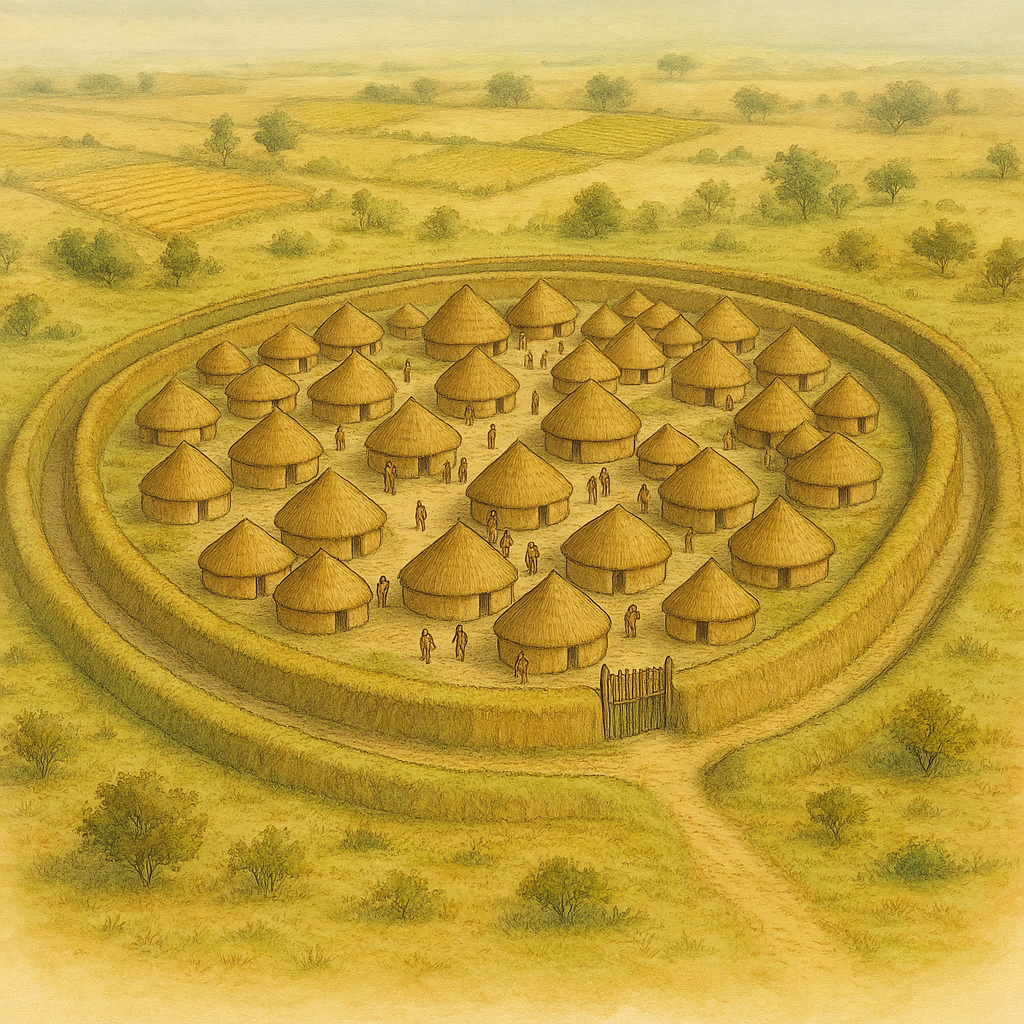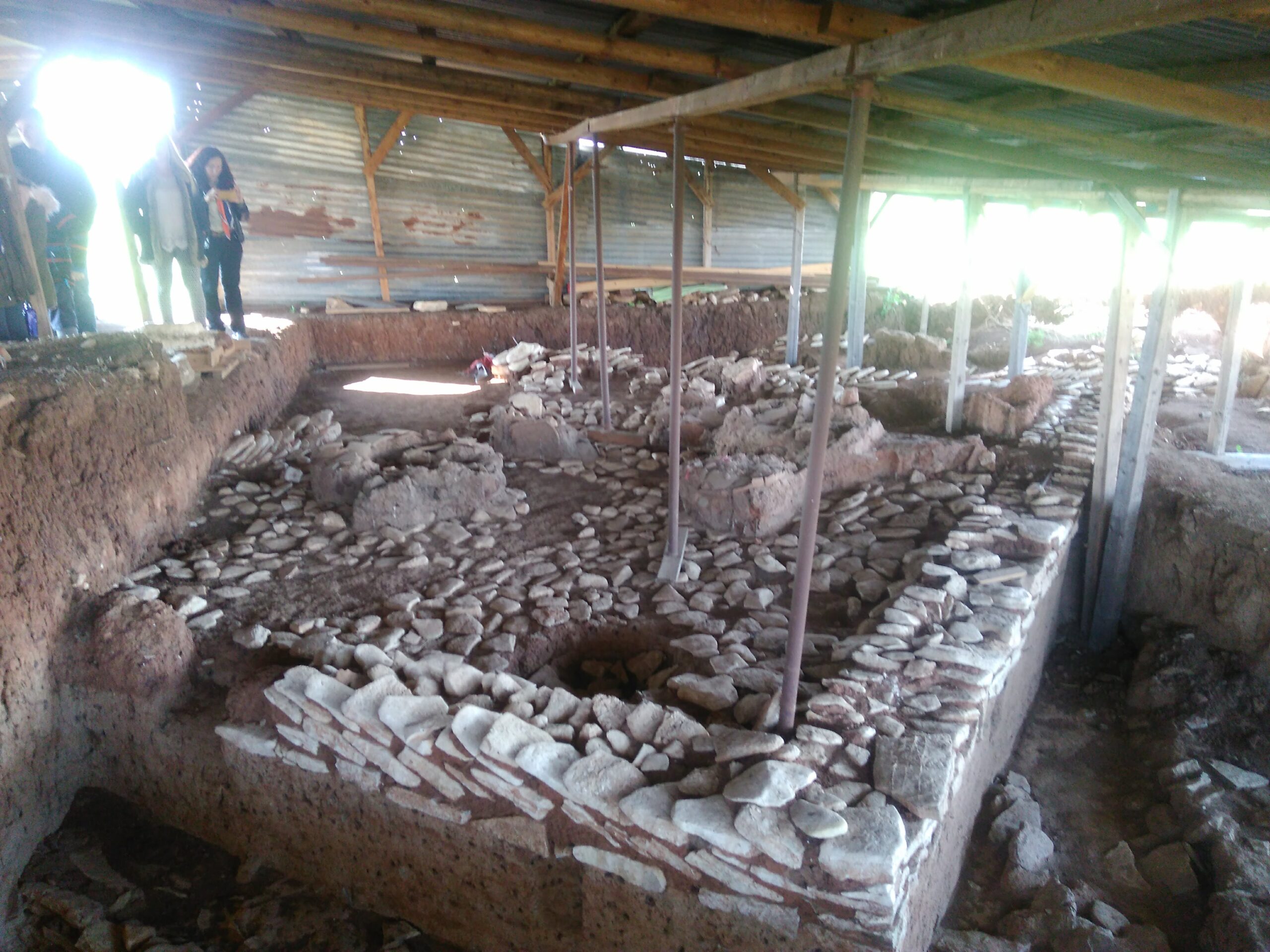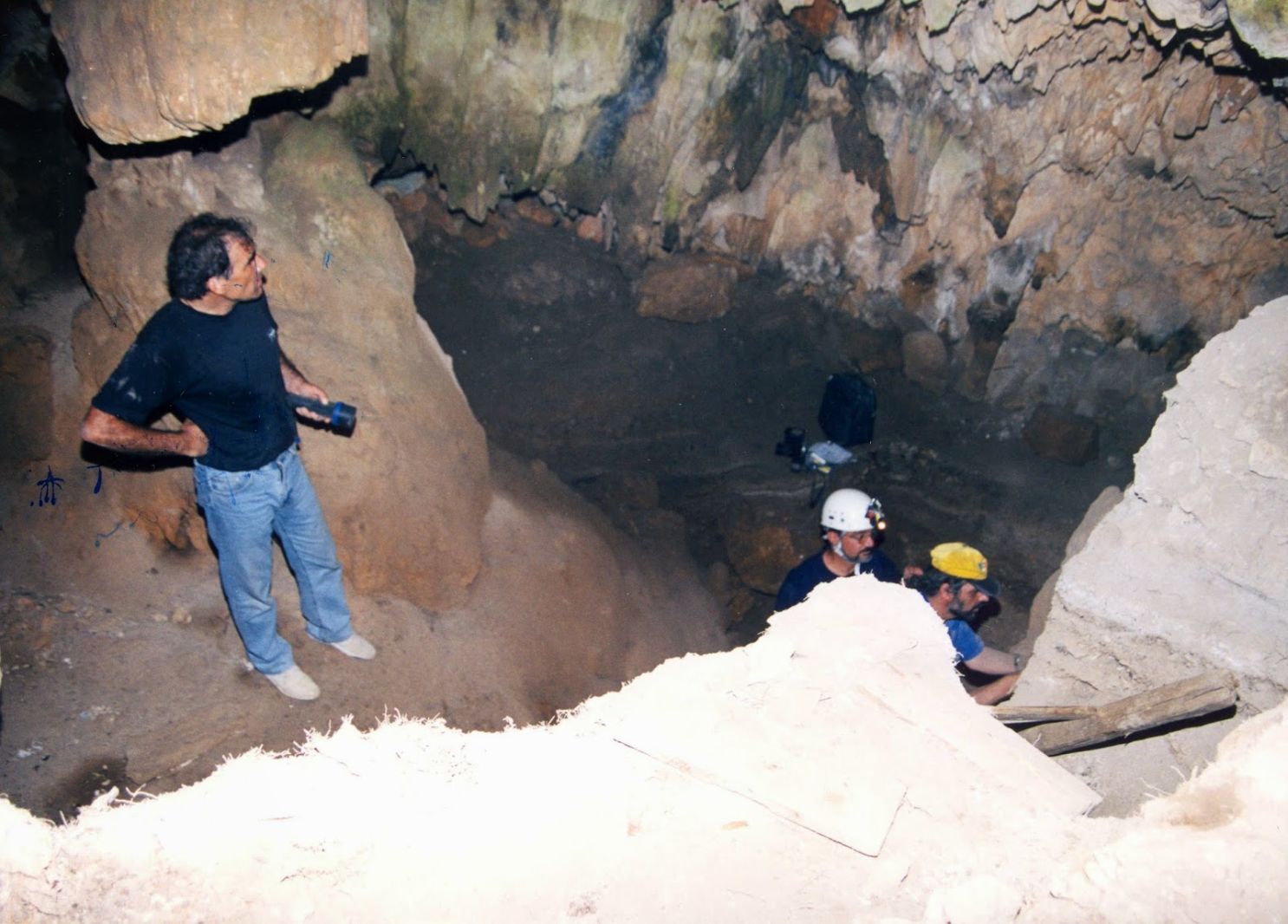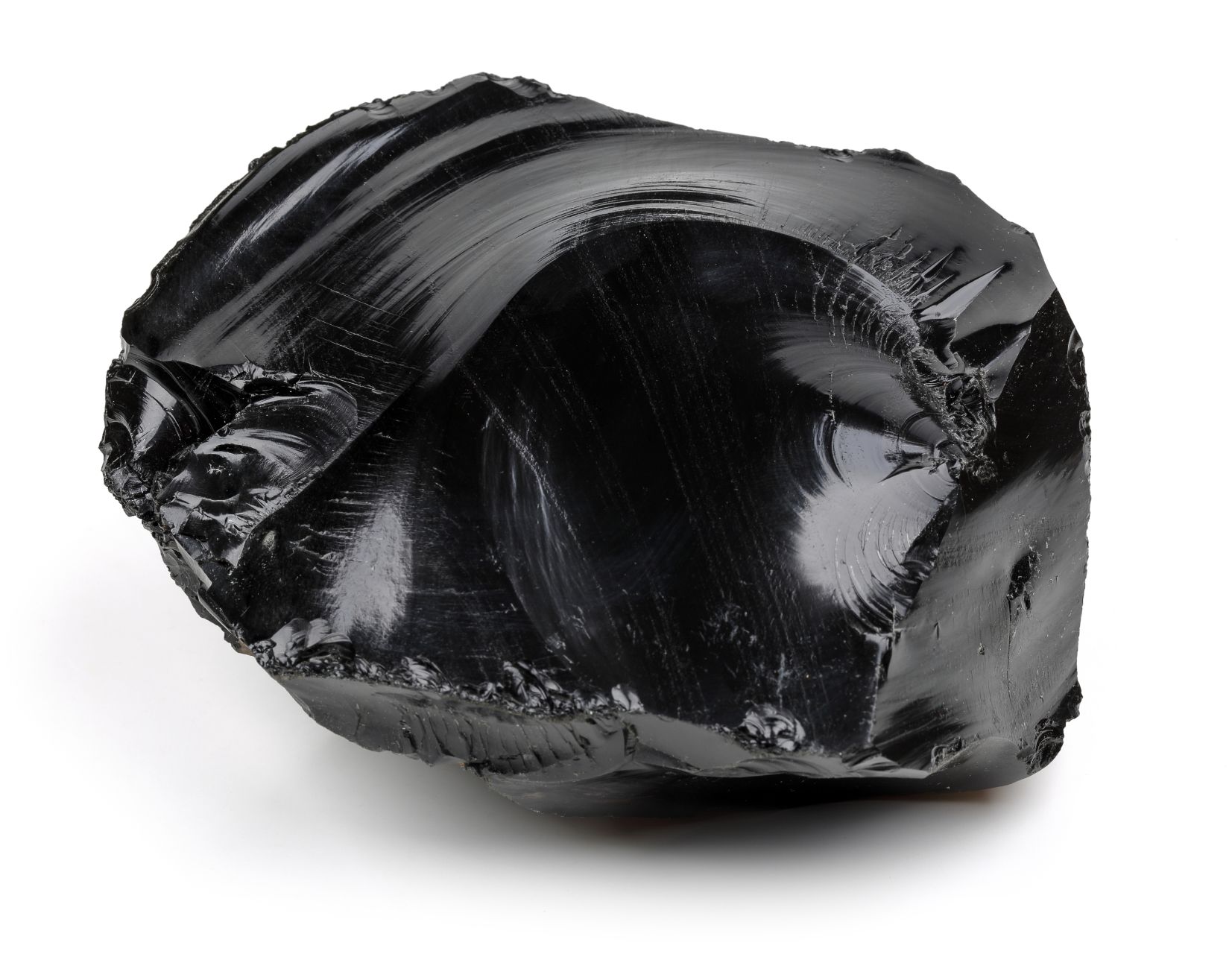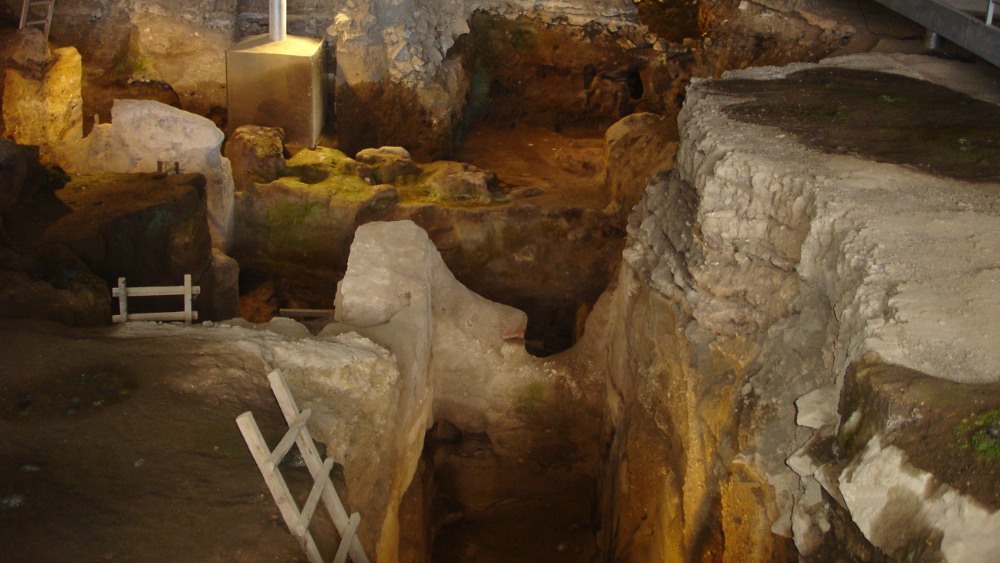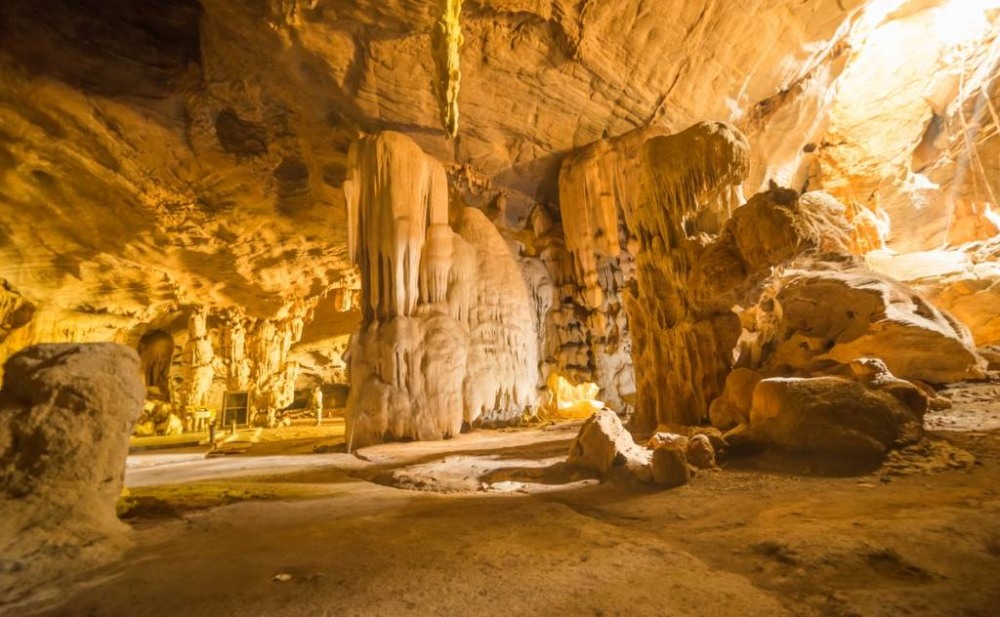Unveiling the Secrets of a 7,000-Year-Old Civilization
On the tranquil shores of Lake Orestiada in Kastoria, the prehistoric settlement of Dispilio stands as one of Greece’s most significant archaeological discoveries. Dating back to 5600 BC, this Neolithic village sheds light on one of Europe’s earliest organized communities, offering invaluable insights into prehistoric life.
Excavations have revealed wooden houses built on stilts, reflecting an advanced understanding of engineering and adaptation to a lakeside environment. The villagers relied on fishing, hunting, and early agriculture, with evidence of wooden canoes, fishing nets, and tools crafted from bone and stone. Remnants of domesticated plants and animals suggest a well-established food system, while clay figurines and jewelry indicate cultural and artistic expression.
One of the most astonishing finds is the Dispilio Tablet, a wooden artifact inscribed with what some researchers believe to be an early form of proto-writing—possibly predating Mesopotamian scripts. This challenges existing theories on the origins of written communication.
Today, Dispilio remains a window into prehistoric Europe, with a reconstructed village on-site allowing visitors to step back in time. This lakeside gem continues to fascinate historians, archaeologists, and travelers, revealing the resourcefulness and complexity of one of the world’s oldest known settlements.


